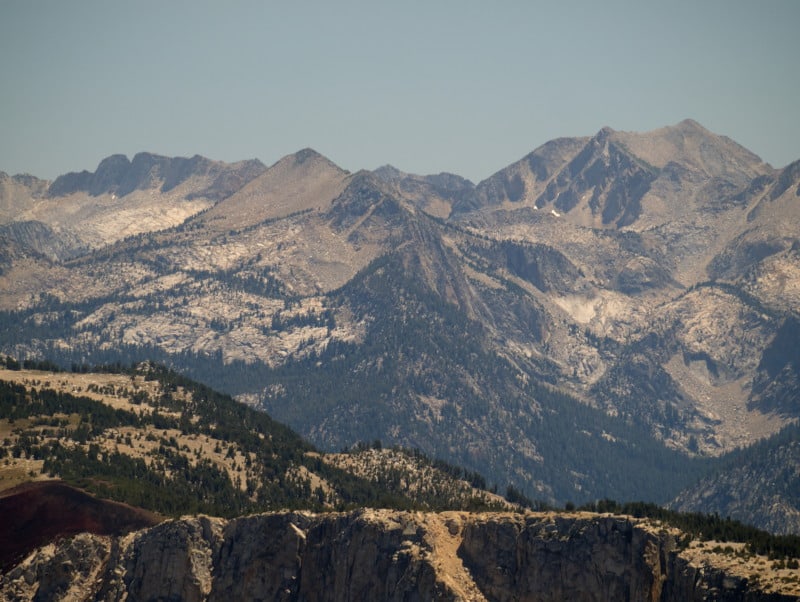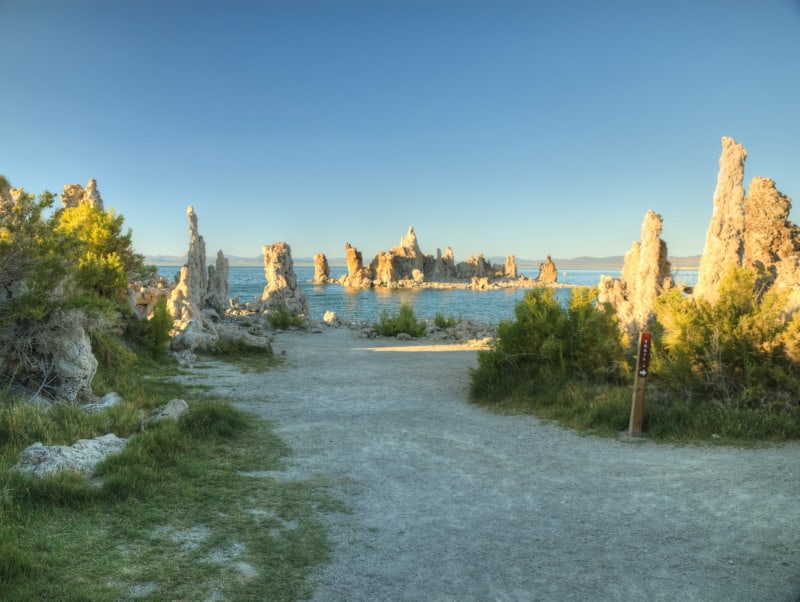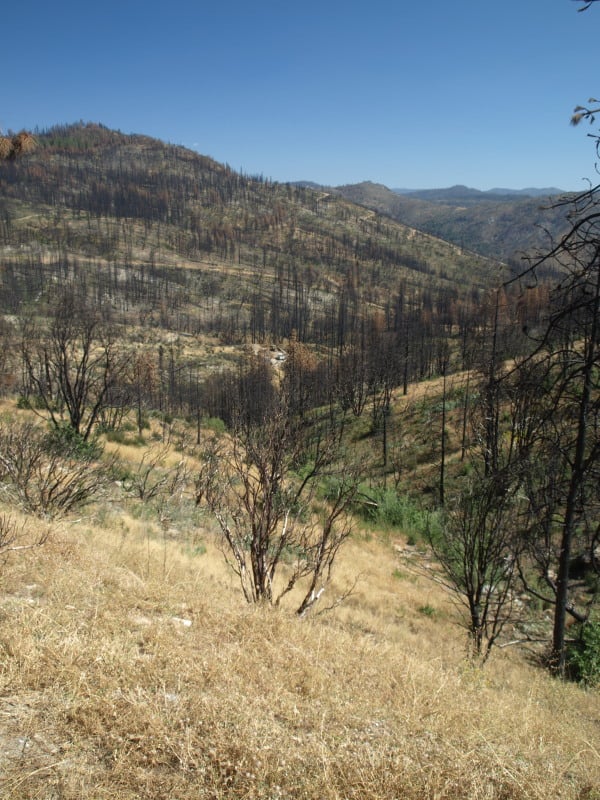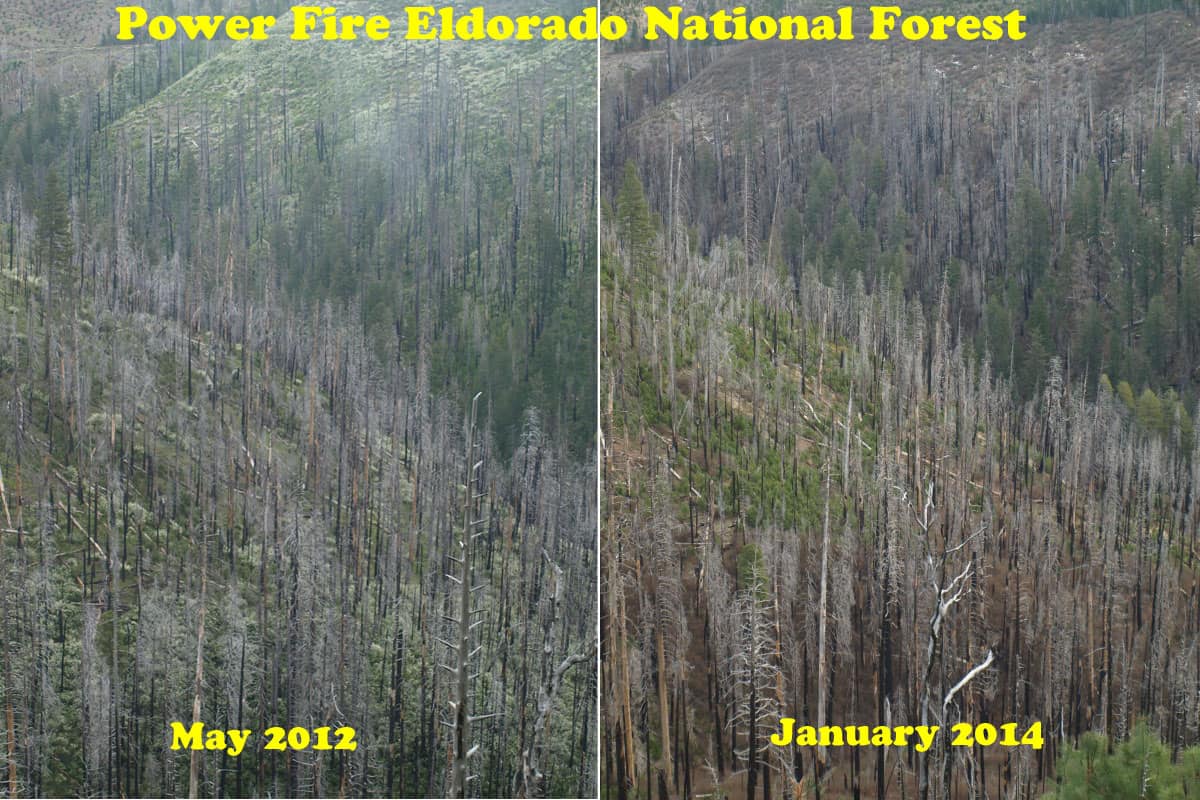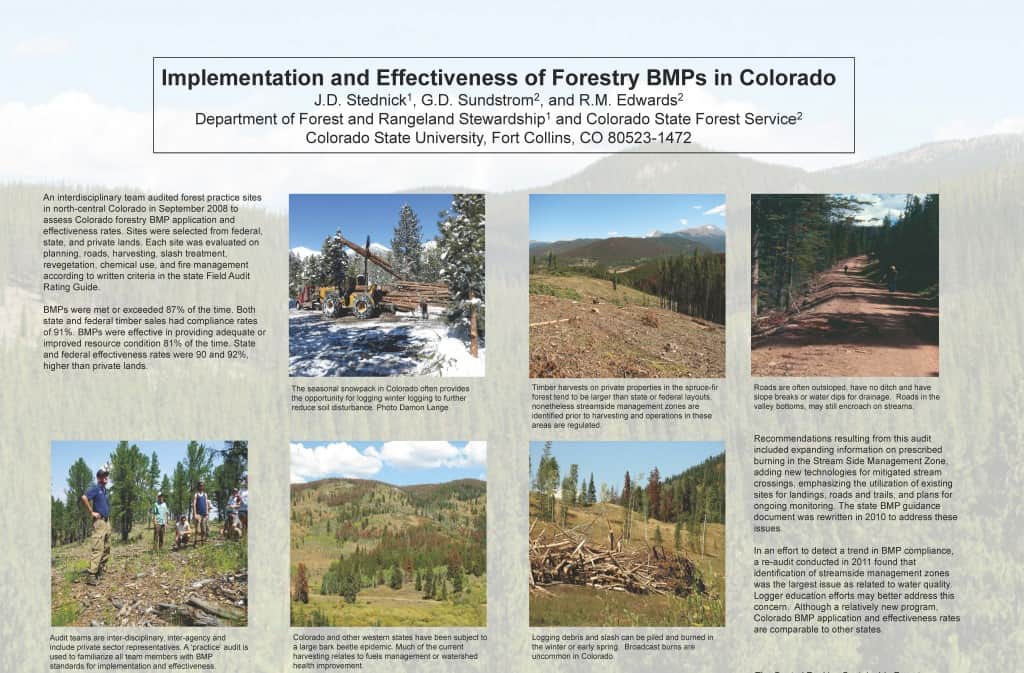From the Oregonian, here.
By James E. Brown, Hal Salwasser and Ted Lorensen
Managing some of the federal O&C forestlands more like private forestlands, as is supported by Oregon’s Reps. Peter DeFazio, Greg Walden and Kurt Schrader, would produce a better set of environmental and economic outcomes than is currently the case.
Oregon’s 29 million acres of diverse forests have four general emphases of management: multiresource, reserve, wood production and residential, based upon forest types, ownerships, policies and locations. About 60 percent of Oregon’s forests are federal. In combination for all ownerships, acreage planned to be managed under wood production, multiresource and reserve emphases are about equal, but in practice, because of litigation and other factors, the majority of federal lands have a reserve emphasis. Ensuring that more of the O&C lands — once owned by the now-defunct Oregon & California Railroad — are managed with wood production or multiresource emphases would restore the balance of outcomes intended under the Northwest Forest Plan and O&C Act.
Our federal lands are no longer economically sustainable, and local communities are impoverished because of that. Because of the chronic severe fire suppression costs, the basic infrastructure on our federal forest is no longer being maintained, and resource values and lives are being lost in catastrophic wildfires.
In comparison, Oregon’s approach to regulating and promoting forest management on private forestlands under the Oregon Forest Practices Act and the statewide land-use program is economically sustainable. While no single metric can evaluate the success of forest management, research from paired watershed studies demonstrates that modern forest practices maintain water quality and protect fish and fish habitat. Timber growth and harvest on private lands is in balance, and reforestation is excellent. Wood-production forests sustain family-wage jobs and provide increased revenues to local government. Timber harvested in Oregon is high quality and produces lumber that is economically competitive with other regions of the world. This helps avoid importing wood from parts of the world that have poor forest practices and also minimizes the substitution of less environmentally friendly products, such as concrete, steel and plastic.
Oregon’s approach of both effective and economically efficient forest practices is essential for sustaining forestland. “If it pays, it stays.” Loss in forestland value in California and Washington has resulted in significantly more conversion of private forest to non-forest uses than in Oregon. As an example, 25 percent of working forests in the Puget Sound area were converted to residential or commercial development between 1988 and 2004. In contrast, as of 2009, Oregon had 98 percent of the forestland that was forestland in 1974.
Forestland conversion is especially counterproductive to sustaining fish. Data for fish habitat from the Oregon Department of Fish and Wildlife indicates that “the highest rearing potential among land uses was on private industrial forest land. … Urban and agricultural lands had the lowest capacity. … Federal and state forest land had a moderate capacity.” Private forestland support for salmon recovery has contributed to populations that again allow for the harvest this fall of wild coho in a number of streams, many with a majority of private forestlands. It is not logical that we could have such outcomes for fish on Oregon’s private forestlands if forest practices regulations were inadequate.
As the O&C lands are addressed and claims are made to prevent much needed management change, we urge you to dig a little deeper to find the facts about Oregon’s forests at the Board of Forestry’s website.
James E. Brown is a retired state forester. Hal Salwasser is a professor and the former dean of the College of Forestry at Oregon State University. Ted Lorensen is a retired assistant state forester.
Note from Sharon: It’s interesting to me, how Oregon’s Forest Practices regulation has been targeted by some in this issue about federal land management.

